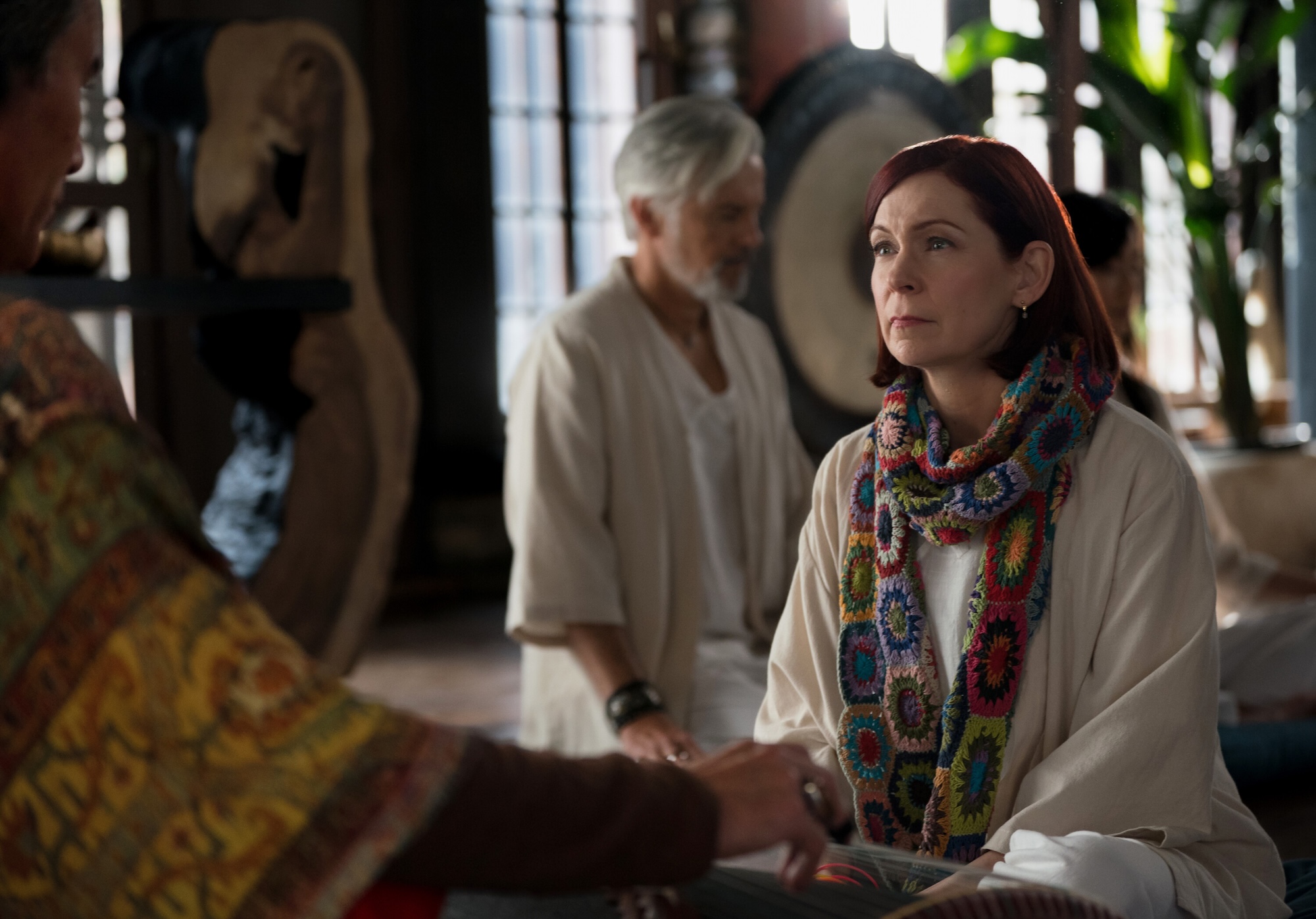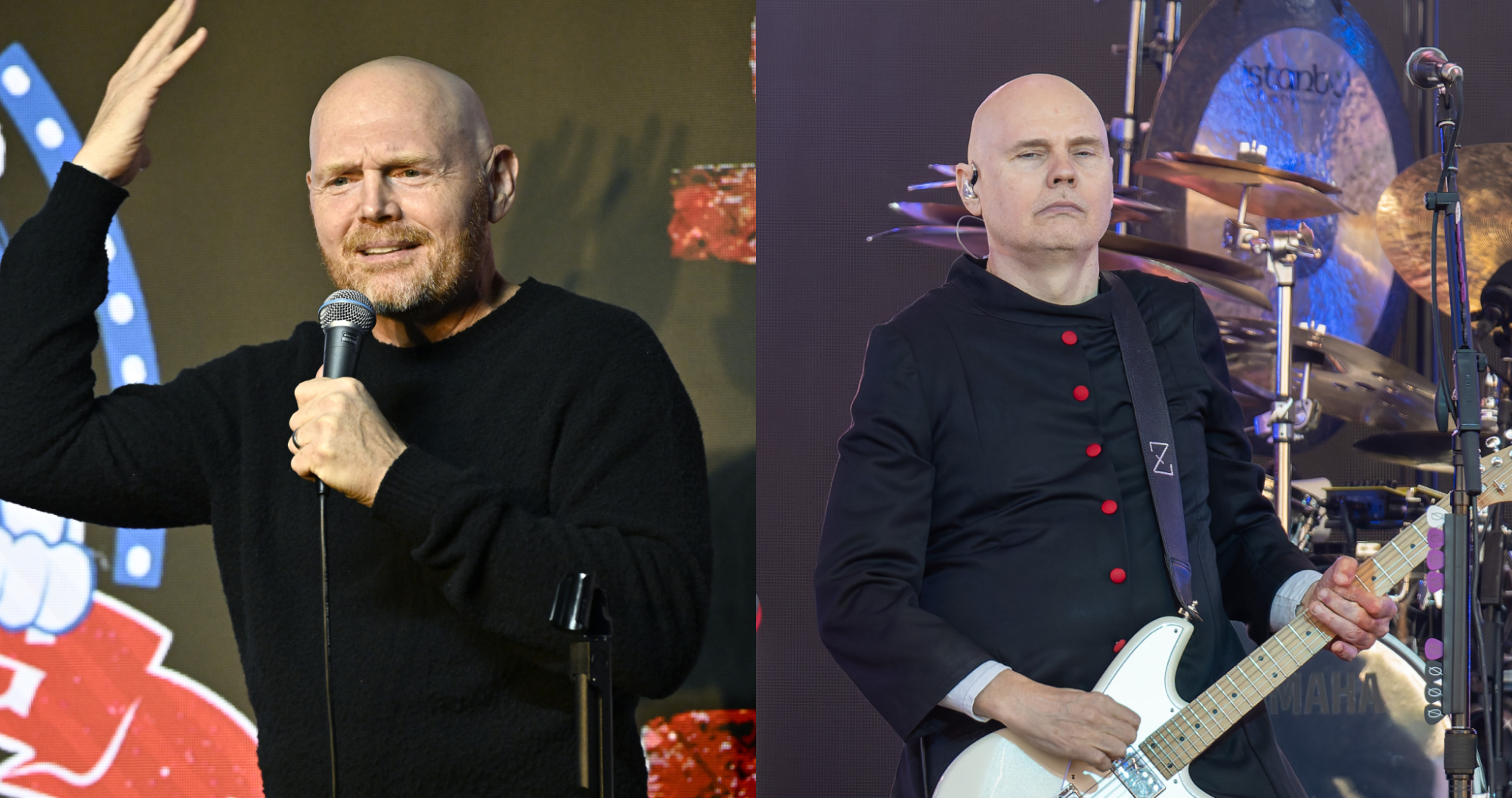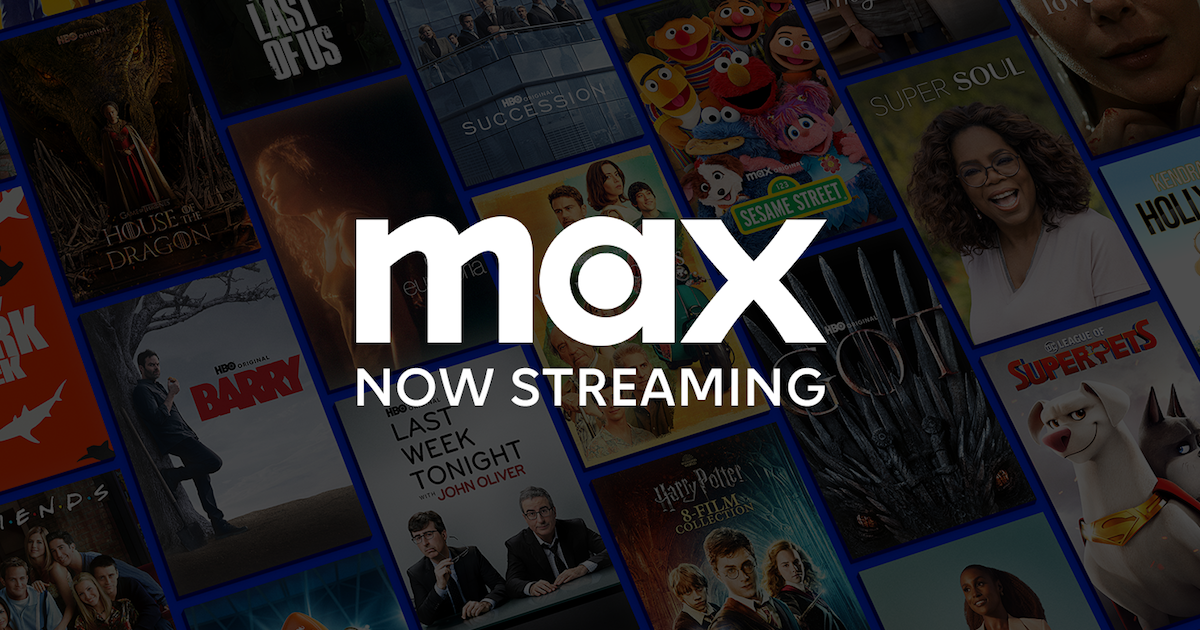Jon Stewart’s ‘Daily Show’ Must Operate in a Brave New World
In a media landscape now largely defined by digital subscriptions, content binges, and immense fragmentation, The Daily Show With Jon Stewart was one of the last grand instances of appointment viewing outside of live sports. In the current environment, a prime-time presidential address barely qualifies as must-watch TV. The Daily Show remains but one of several decently successful news-comedy programs on cable and streaming. But it now struggles against its own success.
On Wednesday, Showtime/MTV Entertainment Studios announced Jon Stewart’s return to The Daily Show as a full-time producer and part-time host (on Monday nights) through the 2024 presidential election. He’s returning just over a year after his successor, Trevor Noah, vacated the desk and made way for an expansive rotation of guest hosts during Comedy Central’s search for a permanent anchor; the move also comes three months after Apple TV+ canceled Stewart’s weekly streaming series, The Problem With Jon Stewart, reportedly due to corporate concerns about the show’s imminent coverage of several controversial subjects, namely AI and China. These reports of a politically fraught fallout with a trillion-dollar tech company set the stage for a righteous comeback.
These are trying times for The Daily Show. Noah hosted for seven years, and while his version of the show weathered so many concurrent transformations of American culture—post-Trump, post-streaming, post-TikTok—about as competently as anyone could have reasonably expected, Noah never managed to reverse the post-Stewart ratings slump, and so Noah’s tenure was something of a wash. The Daily Show of recent years was in many ways outclassed by other, similar programs from its own alums, such as John Oliver’s Last Week Tonight on HBO and even Hasan Minhaj’s short-lived Patriot Act on Netflix. (Reportedly, Minhaj was the leading candidate to permanently succeed Noah until a scandalous story published by The New Yorker, challenging the veracity of some of the more personal anecdotes in his stand-up comedy, many of which involved discussions of race, led executives at Paramount to view him as “a liability,” according to The Hollywood Reporter.)
There’s no shortage of fans who’ve long insisted that Noah, a much less intense figure than Peak Stewart, was simply unsuited to host The Daily Show, but the challenges were simply bigger than the host, and Stewart himself spent the past decade struggling to adapt to the new media environment. The Problem was often a strong current affairs program but never an especially funny or successful one, and although it was native to streaming, the series suffered from some of the same modernization strains as Noah’s Daily Show: a faltering feel for virality as a measure of vitality in this day and age and an ever-precarious balance of humor and self-seriousness in skewering Donald Trump and Trumpism. Even before the announcement of Stewart’s return to Comedy Central, his split with Apple struck me less as a failure for him than a political embarrassment for Apple and an opportunity for Stewart to regroup.
I can’t say I expected him to return to The Daily Show, though, especially given the long and involved tryouts for a successor to Noah. This makes for a potentially bitter dynamic, as so many of the potential successors to Noah are correspondents and contributors who will continue to host the other weeknights, while Stewart anchors Mondays. The terms of his return to Comedy Central emphasize his role in coverage of the presidential election, and sure enough, this was always Stewart’s sweet spot, from Bush vs. Kerry through Obama vs. Romney, when Stewart drew the all-time ratings peaks for The Daily Show and Comedy Central. Though Stephen Colbert’s The Colbert Report came close, Stewart is simply unmatched in ratings for the genre that he effectively created—the late-night TV news satire. After Stewart left, the longtime Daily Show correspondent Jordan Klepper would score viral clips of his gotcha interviews with movement conservatives, and you’d see other bits of the show circulating on social media every now and again, but it never felt vital enough—neither as a fully formed half-hour experience nor as meme fodder.
Shortly after this week’s announcement, The Daily Show’s social accounts shared a recent photo of Stewart in gray denim with his feet up on the anchor desk, a triumphant posture but also an awkward one. Is this a temporary gig, for old times’ sake, coming off of an untimely firing, or is this a proper coronation and, indeed, a new era of The Daily Show? Either way, can we really expect Stewart to fare so much better, at this point, in this environment, under these circumstances, than Noah? In the immediate term, Stewart will almost surely drive a ratings spike, that measure of success that long eluded Noah and the interim rotation of guest hosts. But I get the sense that the initial wave of excitement for Stewart’s return isn’t strictly about the promise that The Daily Show will become as popular or as funny as it was before Stewart left, just a couple of months after Donald Trump entered the 2016 GOP primary contest. There’s also the expectation for Stewart, in his limited capacities as a cable TV entertainer, to soothe the discomforts of Trumpism, to with his presence resolve all the tensions of progressivism and comedy and news, as he did during the Bush years. Trump is a different beast, and surely his persistence in our politics made the offer all the more alluring to Stewart, though Trump also makes the job borderline impossible. His disqualification from the presidency seems unlikely; his nomination seems all but certain.
Stewart built The Daily Show to tackle exactly this sort of exquisite political dysfunction. So you can understand the hype for his return. But you can also see all that’s changed and the challenges this presents for the graying hero of late night and his restless viewers.







